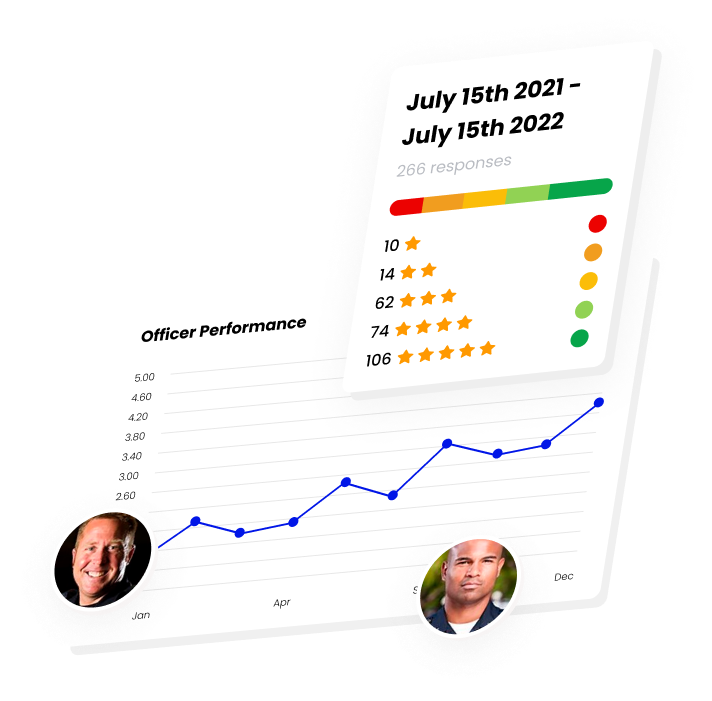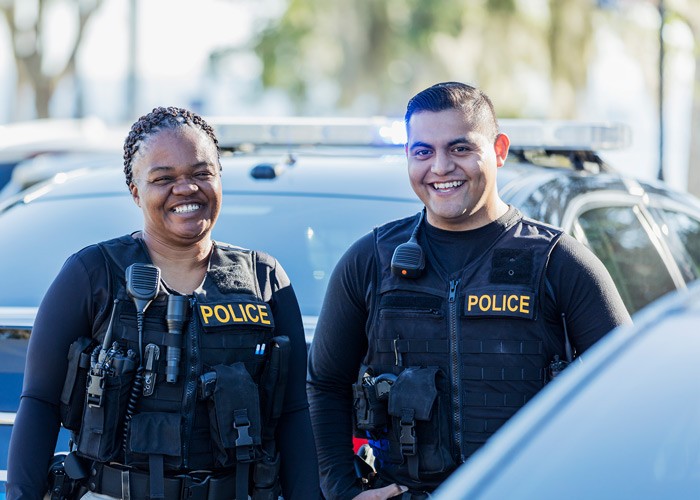Introduction
Building a strong and respected police brand is a crucial endeavor for law enforcement agencies. To ensure that your brand-building efforts are effective, it’s essential to measure the impact of your strategies and initiatives. In this blog post, we will delve into the importance of measuring your police department brand’s impact and provide insights, strategies, and actionable recommendations for law enforcement agencies aiming to evaluate their brand-building progress using relevant metrics for success.
The Significance of Measuring Brand Impact
- Accountability: Measuring brand impact holds agencies accountable for their branding efforts, ensuring that resources are used effectively.
- Continuous Improvement: Metrics provide valuable insights for identifying areas of improvement and optimizing branding strategies.
- Community Engagement: Understanding how the community perceives your brand helps tailor engagement strategies to foster trust and cooperation.
- Resource Allocation: Data-driven insights enable agencies to allocate resources to initiatives that have the most significant impact on their brand.
- Competitive Advantage: Measuring brand impact allows agencies to stay competitive by staying aware of changing public perceptions and preferences.
Key Metrics for Measuring Police Department Brand Impact
- Community Surveys: Conduct regular surveys within your community to gauge public perception, trust, and satisfaction with the police department.
- Social Media Analytics: Monitor engagement metrics on social media platforms, including likes, shares, comments, and follower growth.
- Website Traffic: Track website analytics to measure visitor traffic, page views, and the bounce rate to assess the effectiveness of your online presence.
- Media Mentions: Monitor media coverage and mentions of your agency to gauge public interest and sentiment.
- Recruitment and Retention: Measure the number of qualified applicants and officer retention rates as indicators of your agency’s attractiveness as an employer.
- Response Times: Evaluate response times to emergency calls and incidents, as timely responses contribute to public perception.
- Use of Force Reports: Track use of force incidents and compare them to previous years to assess progress in de-escalation and community-oriented policing.
- Community Engagement Events: Measure attendance and participation rates at community engagement events, such as town hall meetings and community policing initiatives.
- Complaints and Compliments: Analyze the number and nature of complaints and compliments received, focusing on trends and areas for improvement.
- Brand Awareness: Conduct brand awareness surveys to assess how well your agency’s brand is recognized within the community.
Actionable Recommendations
- Establish Baseline Metrics: Begin by establishing baseline metrics to measure your agency’s current brand impact.
- Regular Data Collection: Continuously collect and analyze data to track changes in brand perception and engagement.
- Feedback Mechanisms: Implement feedback mechanisms that allow community members to provide input on the agency’s performance and brand.
- Benchmarking: Compare your agency’s metrics with those of similar-sized departments or industry standards to gain valuable insights.
- Adapt and Improve: Use the data and insights to adapt and improve your branding strategies and community engagement efforts.
- Regular Reporting: Provide regular reports on brand impact metrics to agency leadership and the community to maintain transparency.
- Collaborate with Experts: Consider collaborating with branding and data analytics experts to refine your measurement techniques.
Conclusion
Measuring your police department’s brand impact is a critical component of brand building. By regularly evaluating metrics related to public perception, engagement, and community relations, law enforcement agencies can make data-driven decisions to enhance their brand, foster community trust, and achieve long-term success. In the ever-evolving landscape of policing, staying informed about the impact of your brand is essential for building a strong, respected, and trusted police department brand that serves and protects the community effectively.






